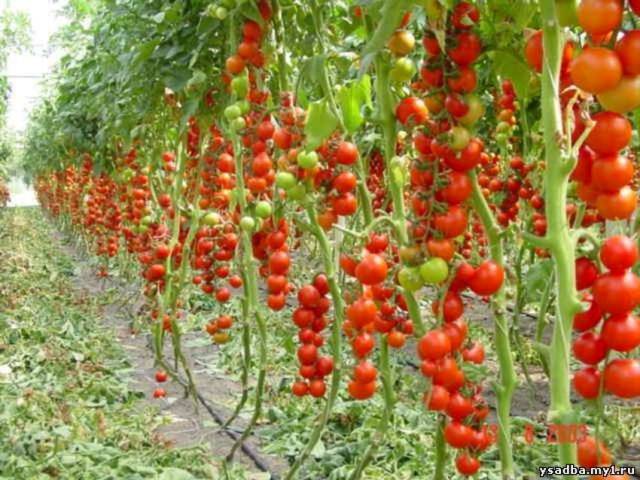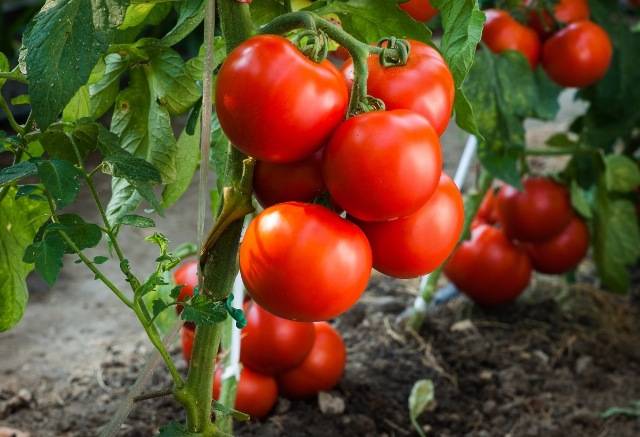
Tomato weed Control & plant protection
-
There is need of light hoeing during first four weeks in the field which encourage the growth but also remove the weeds from the field. The surface soil is loosened by hand hoeing as soon as it is dry enough after every irrigation or shower. All weeds should also be removed in this process.
-
Mulching with straw, black polythene and many other materials has been found beneficial in moisture conservation, in controlling weeds and some diseases.

Plant protection
Insects
Gram pod borer Heliothis armigera
It is a polyphagous, attacks most of the cultivated crops, major pest of tomato, and widely distributed throughout the country. Young larvae feed on tender foliage, while advanced stages attack the fruits. Larva bore circular holes in fruits.

Serpentine leaf miner Liriomyza trifolii
It is a polyphagous in nature very widely distributed throughout the India. Maggot mines into the leaf and feeds on the mesophyll of the leaves making serpentine mines/galleries.
Tobacco caterpillar Spotoptera litura
It is also polyphagous in nature, major pest of tomato, distributed widely. Freshly hatched larvae feed gregariously, scraping the leaves from ventral side, later stages, feed voraciously at night on the foliage. Larvae may also feed on fruits hollowing these out.
Root-Knot Nematode Meloidogyne spp
This nematode has wide host range, widespread all over India, affects most of the vegetable crops, often tomato, brinjal, okra. Root-knot nematodes are small, microscopic, males are slender and females swollen. The most characteristic symptom on the root is production of root galls. Above ground symptoms are reduced growth, chlorosis of foliage, susceptibility to wilting, and reduced fruit production.

Insects Management
-
Two rows of marigold for every 16 rows of tomato can be grown as a trap crop. Marigold flowers attract egg laying of H. armigera.
-
Spray 5% neem seed kernel extract to kill early stages larvae.
-
Placement of 15-20 bird perches (T shaped) per ha helps in inviting insectivorous birds.
-
Spray NPV @ 625 LE/ha during evening hours.
-
Jaggery @ 1 kg, sandovit or Teepol(100 ml) are to be mixed with NPV on need basis spary 2 ml Endosulfan, Chlorpyriphos or Quinolphos per litre of water
-
Application of chopped leaves of Pongamia or Crotalaria reduces disease severity caused by nematode.
-
Farmers of the Andhra Pradesh uses garlic+ chilly extract and slurry of cow dung + urine for protection against pest and diseases.









